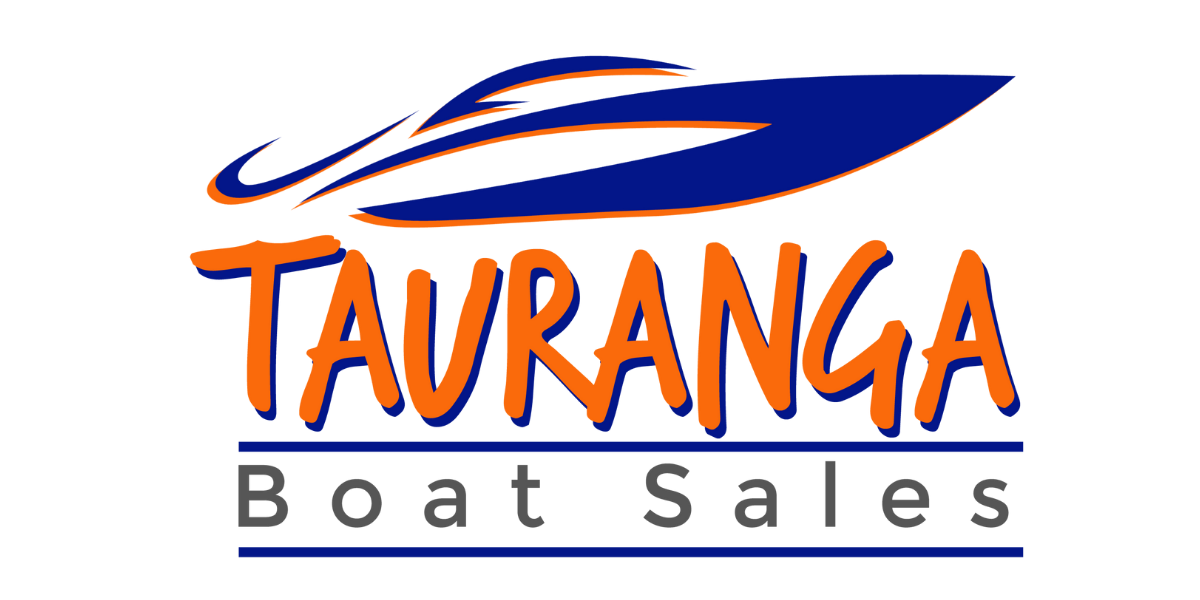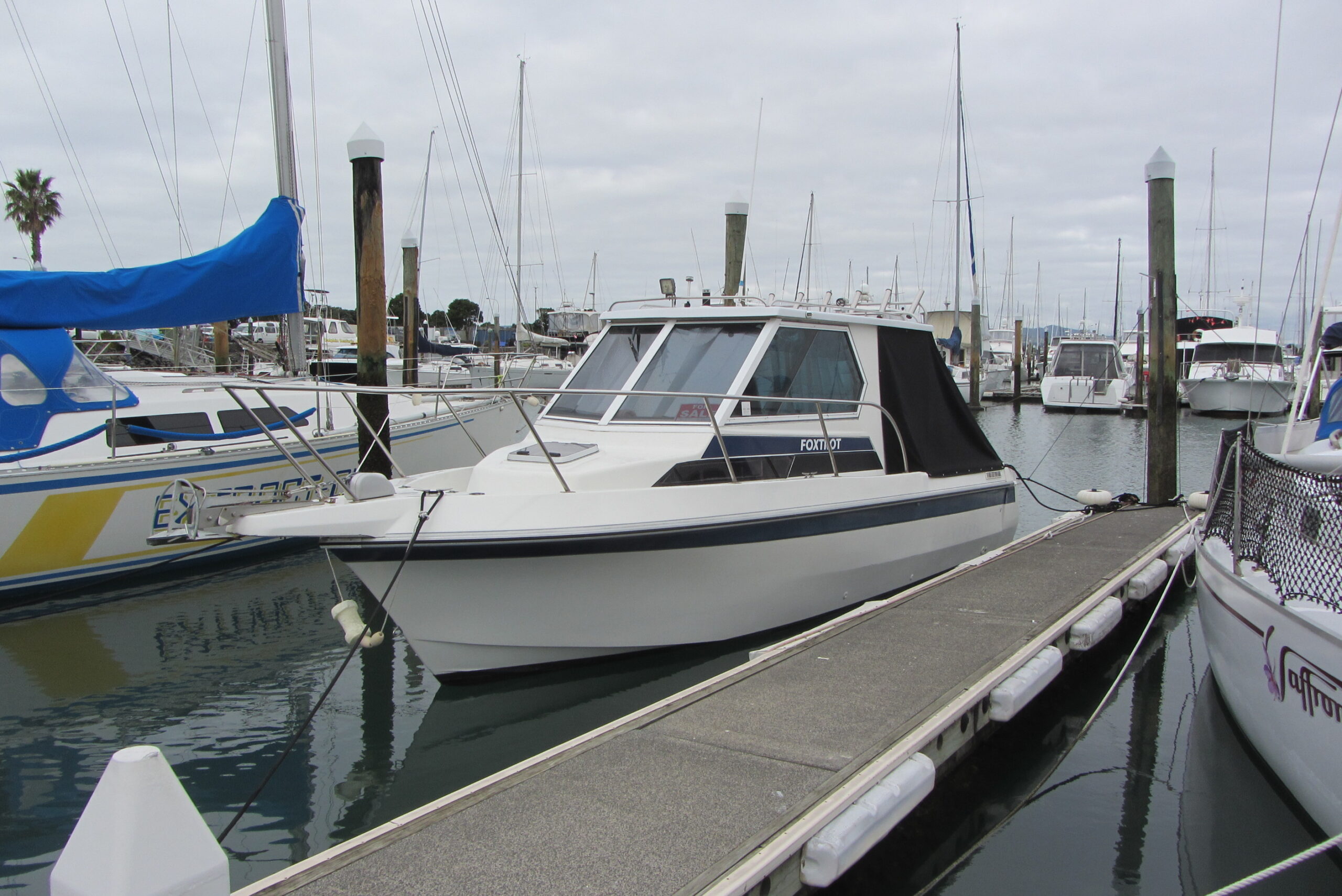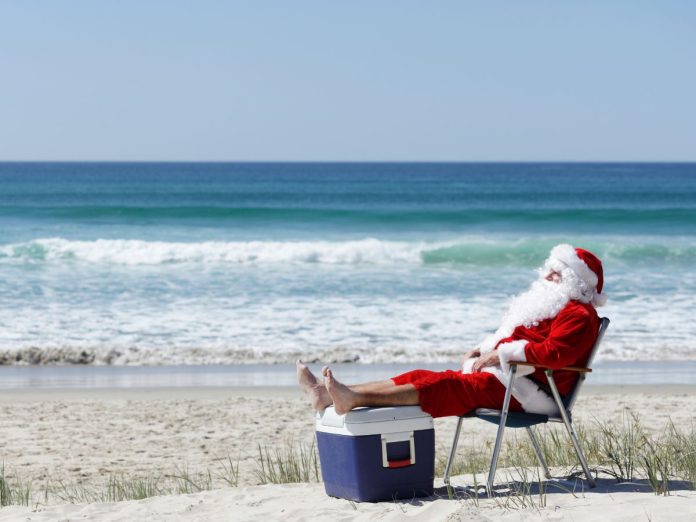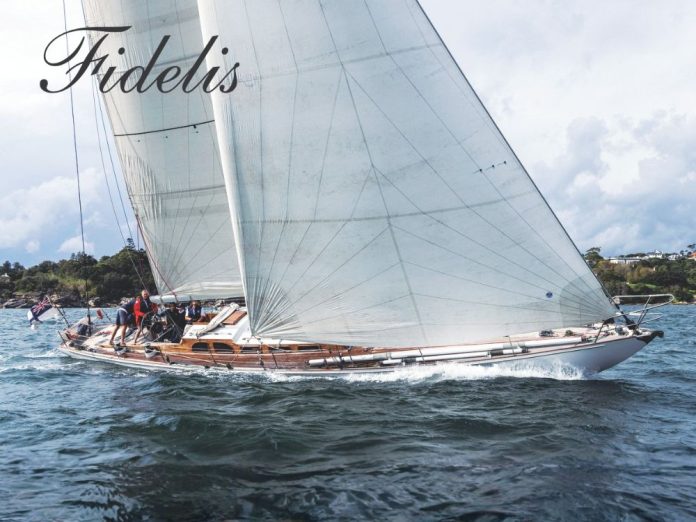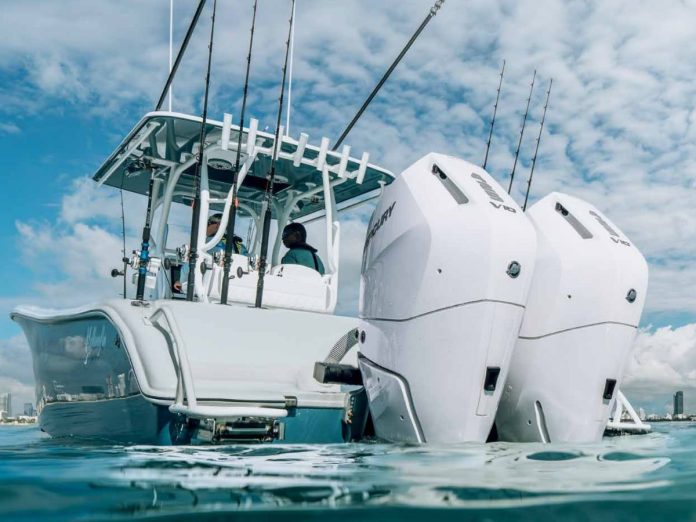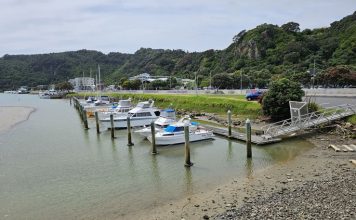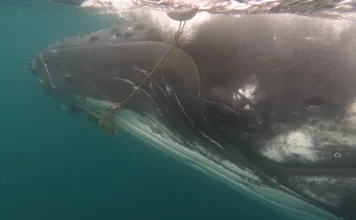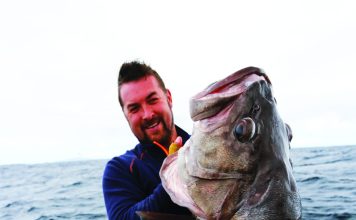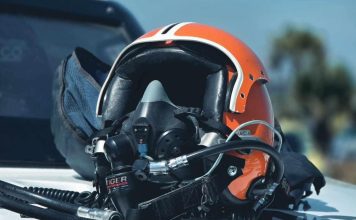This edition is about parking between parallel finger docks with the wind blowing you in. In many drystack berths, it is not essential to reverse into the berth unless you need to for disembarking the vessel. Coming in forwards is always the easiest in this situation, writes Andrew Flanagan.
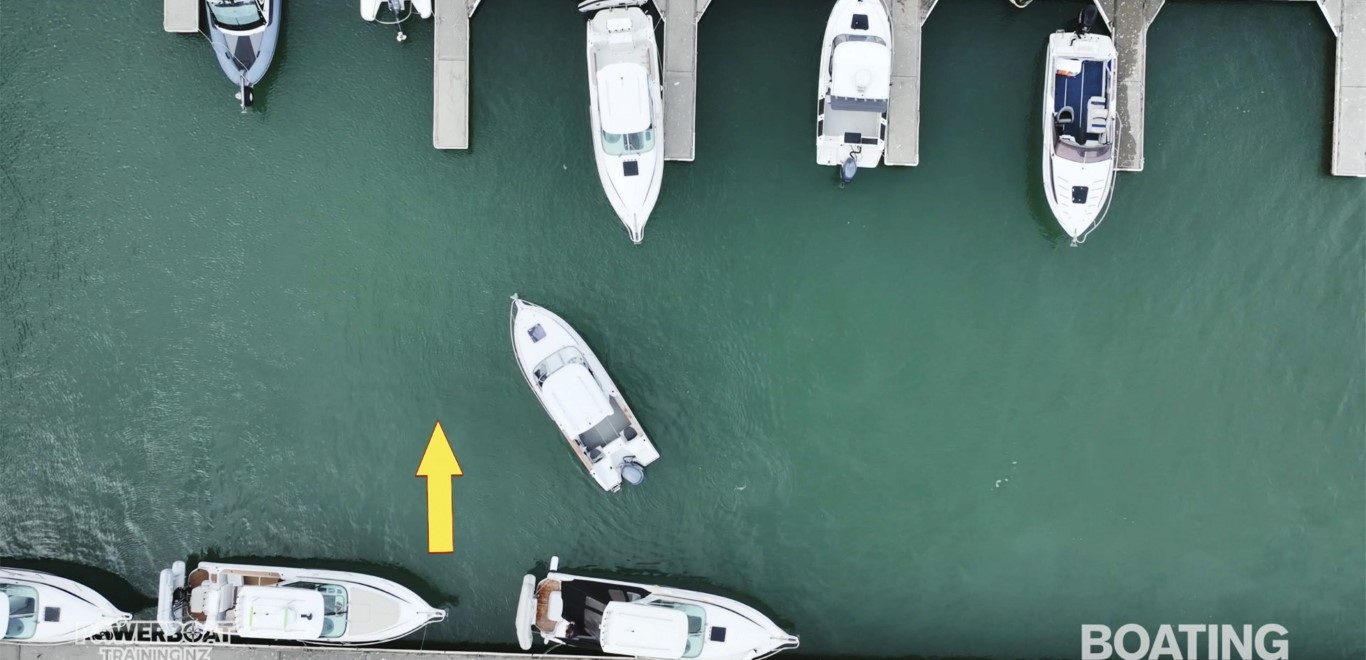
Coming in forwards
• Prepare all lines and fenders.
• Know the pivot point of your boat and turn up into the wind with the pivot point centred and upwind of your berth.
• When your pivot point is upwind and central to your berth, take all way (momentum) off the vessel by going astern (in reverse). Ideally you should reverse whilst turning the helm (steering wheel) towards the direction the wind is coming from. This will kill two birds with one stone, as the adage goes – it will both stop the vessel and begin your turn in the desired direction simultaneously.
• You may need to do a small three-point turn to get the pivot point in the desired position.
• If your pivot point is not central, simply reverse in the required direction until it is. The wind will blow you towards the berth – this is why the bulk of your corrections will be done in astern.
• Once you are happy with your position, simply bring the helm to midships and one gentle tap of the throttle into forward gear should do the trick. Repeated small corrective kicks can be done as required by tapping the engine into forward gear and back to neutral. This gives you manoeuvrability without speed.
• Once you are inside your berth, turn the helm towards the finger dock and apply gentle throttle astern until the vessel comes to a stop.
• Your crew should secure your lines in an appropriate fashion.
Backing in
Backing between parallel finger docks with the wind on the bow is one of the trickiest manoeuvres you can do on a single engine boat with no thruster. The challenge is to not get caught and blown sideways onto your berth.
• Prepare all lines and fenders.
• Know the pivot point of you boat and turn up into the wind with the pivot point central and upwind of your berth.
• Try your hardest to keep the wind at 12 o’clock on the bow as you begin to back in.
• If you need to traverse sideways to position your boat central to your berth, do it carefully. To traverse to port, get the wind at 1 o’clock to the bow; to traverse to starboard, get the wind at 11 o’clock to the bow.
• In a reasonably strong breeze, avoid getting the wind at less than 10 o’ clock more than two o’ clock or you will lose control of the bow. The wind will blow you sideways onto the berth.
• As you back in, ease the stern to where it needs to be, but you absolutely must follow the above 2–10 o’ clock rule. If you start losing the bow, abort the manoeuvre by going forward make a completely fresh approach.
• Make sure your crew is prepared with lines and you have suitable fenders out as the boat is in a very unstable position when lying stationary with its bow into the wind.
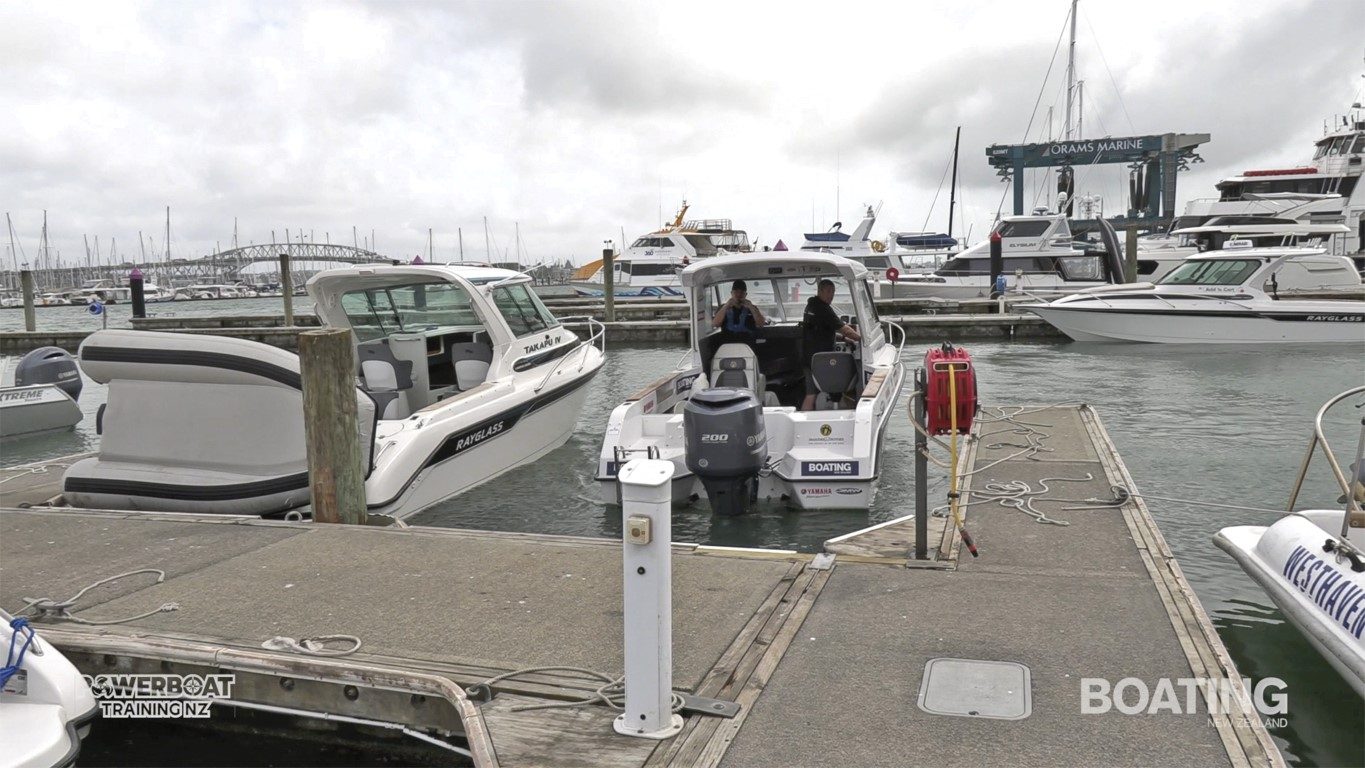
Watch Andrew’s videos on Instagram here: instagram.com/powerboat.training/









